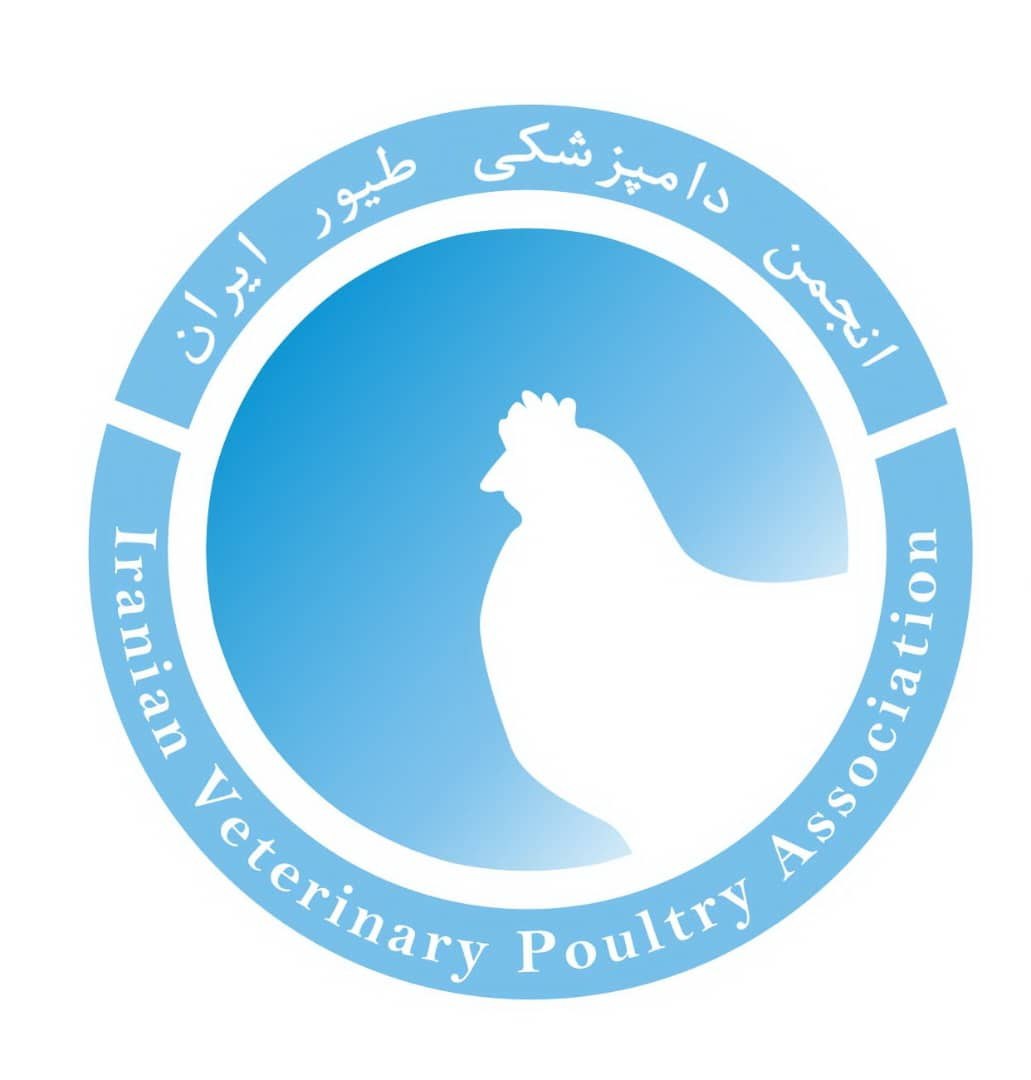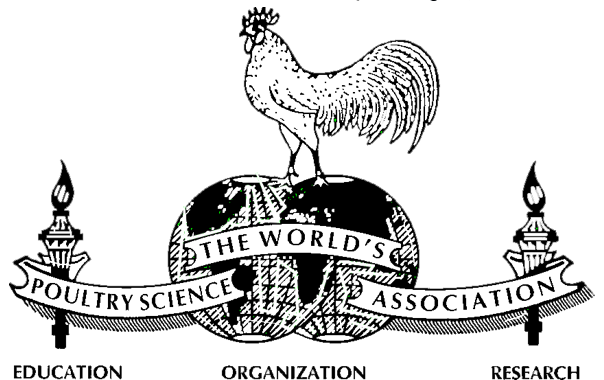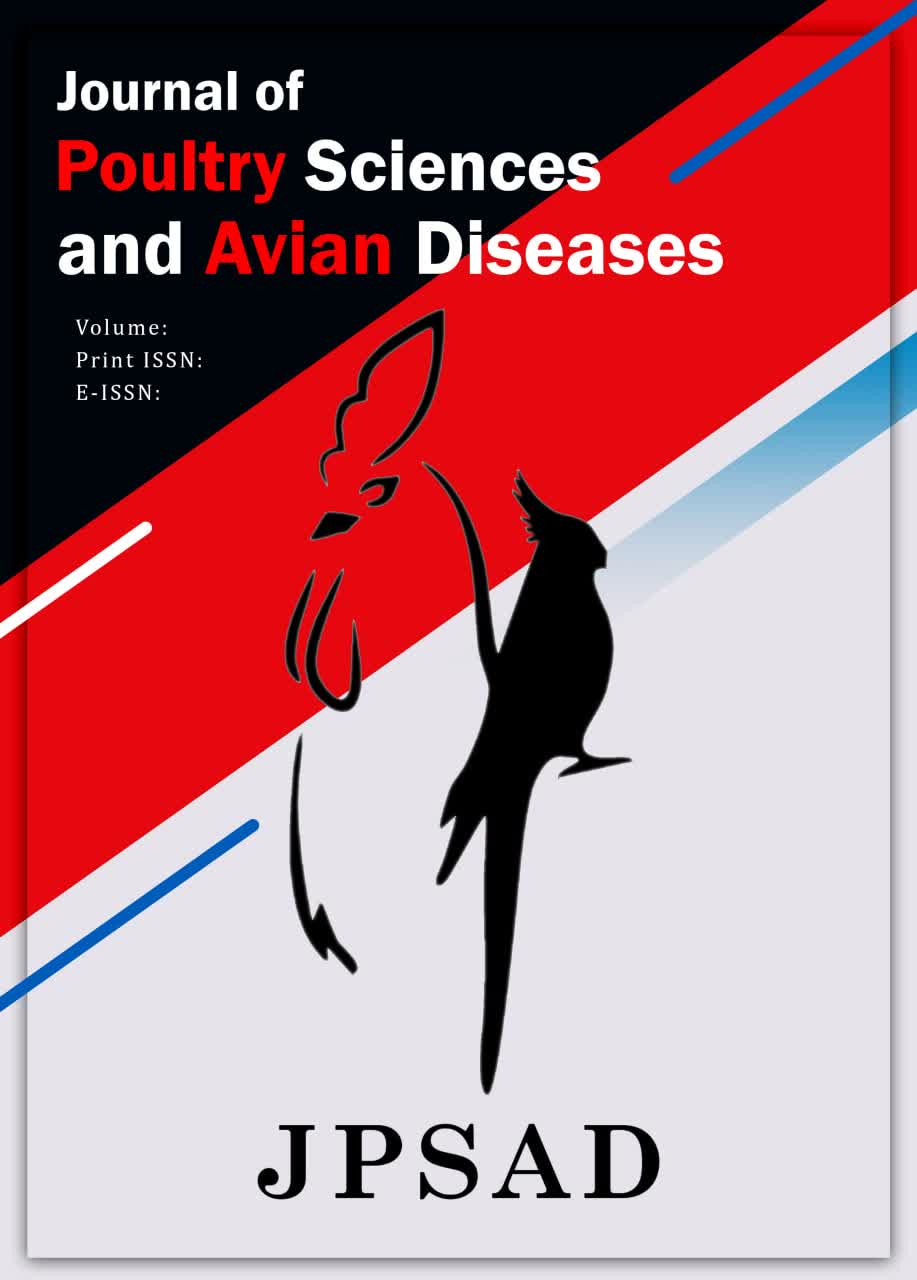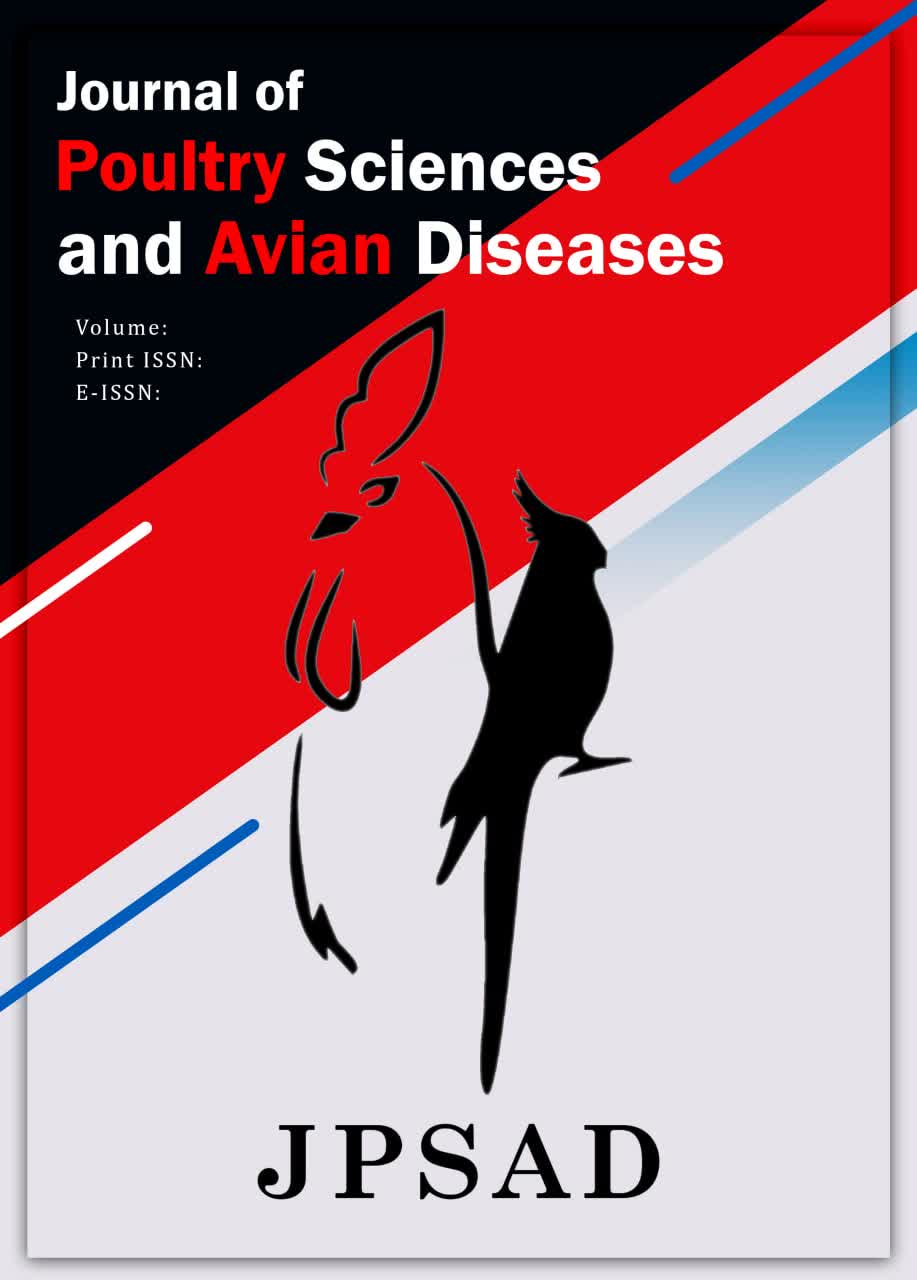Effect of Different Dietary Levels of Energy and Sulfur-Containing Amino Acids, Lysine, and Threonine Levels on Productive and Economic Performance and Carcass Characteristics of Broiler Chickens
Keywords:
broiler, dietary energy level, methionine, lysine, threonine, carcass characteristics, economic performanceAbstract
An experiment was conducted to investigate the effect of different energy levels and the concentration of methionine, lysine and threonine amino acids on production and economic performance of broiler chickens with the number of 180 Arbor-acres strain broiler chickens in a 3×2 factorial arrangement (2 levels of metabolizable energy, high: 2950, 3000 and 3050 and low: 2850, 2900 and 2950 for starter, grower and finisher phases, respectively × 3 different levels of amino acids methionine, lysine and threonine: the recommended level for Arbor-acres, 15% more and 15% less than that) and three repetitions in a completely random design. The results showed that using a higher level of dietary energy caused a significant increase in feed intake and weight gain in the entire growth period (p<0.05). Although the use of different levels of amino acids did not have a significant effect on feed consumption (p>0.05), body weight was significantly affected by the concentration of amino acids in the diet (p<0.05). The main effects of energy and amino acids on Food Conversion Ratio (FCR) were not significant at 1-42 days of age (p>0.05). Higher energy levels and higher concentrations of amino acids in the feed caused a significant increase in feed cost (p<0.05). However, different energy levels did not significantly affect birds' monetary returns (p>0.05). Different concentrations of amino acids showed a significant effect on the monetary returns of broiler chickens (p<0.05), so the monetary returns of chickens fed with the amino acid recommended by Arbor-acres and 15 percent less than that, was higher than the other group (15% more than recommended level). Other results showed that an increase in dietary energy level resulted in an increase in thigh percentage, and an increase in the density of amino acids resulted in an increase in breast percentage. The interaction effects between dietary energy and amino acids were not significant on any of the traits (p>0.05). The results of this experiment showed that the increased dietary energy and amino acid levels increased the live production performance and percentages of thigh and breast but did not significantly affect the food conversion ratio and did not improve the monetary returns of broiler chickens.
Downloads
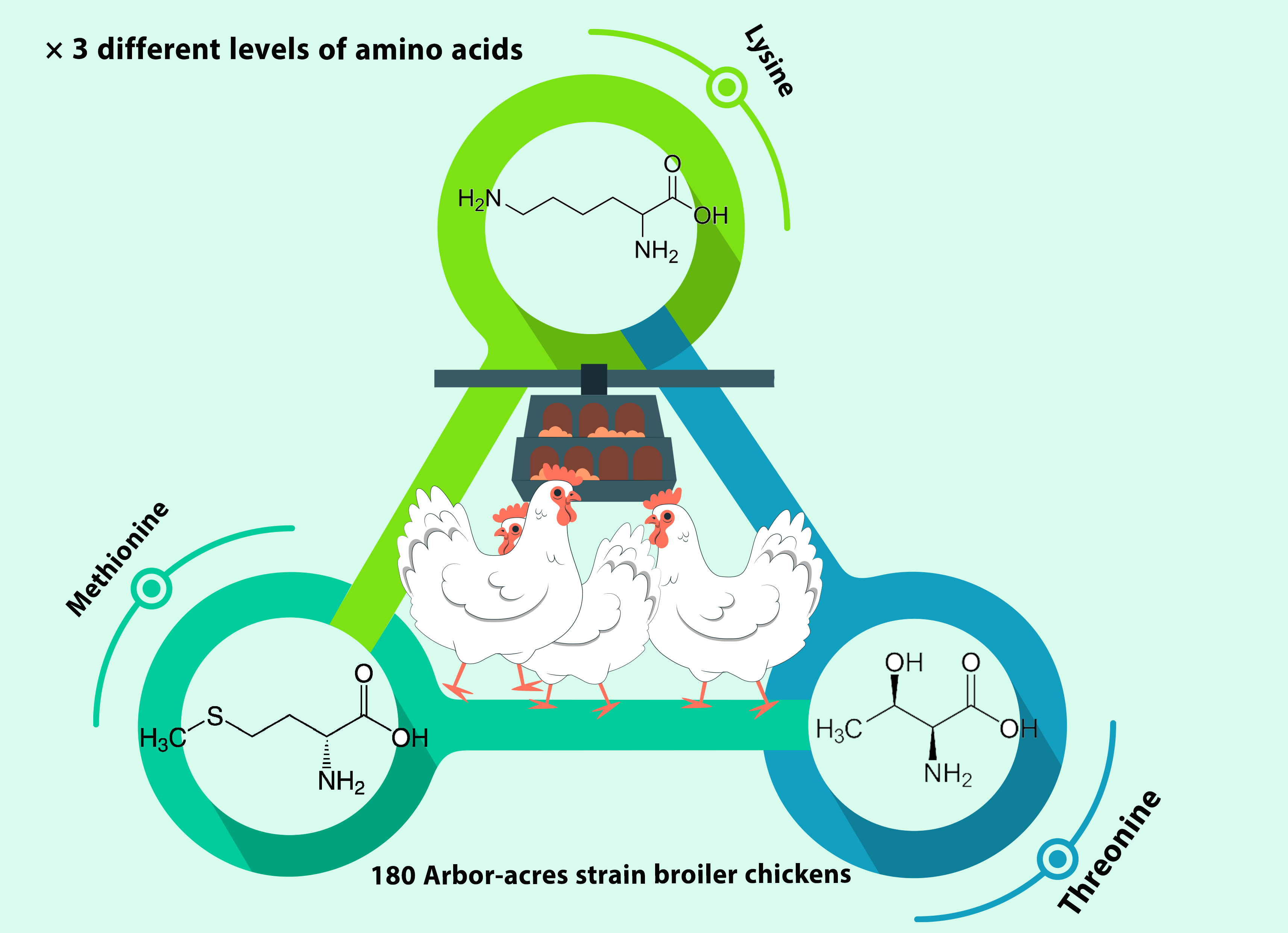
Downloads
Published
Issue
Section
License
Copyright (c) 2024 Mohammad Golzadeh, Shahriar Maghsoudlou, Ashour mohammad Gharhebash, Javad Bayat Koohsar (Author)

This work is licensed under a Creative Commons Attribution-NonCommercial 4.0 International License.







